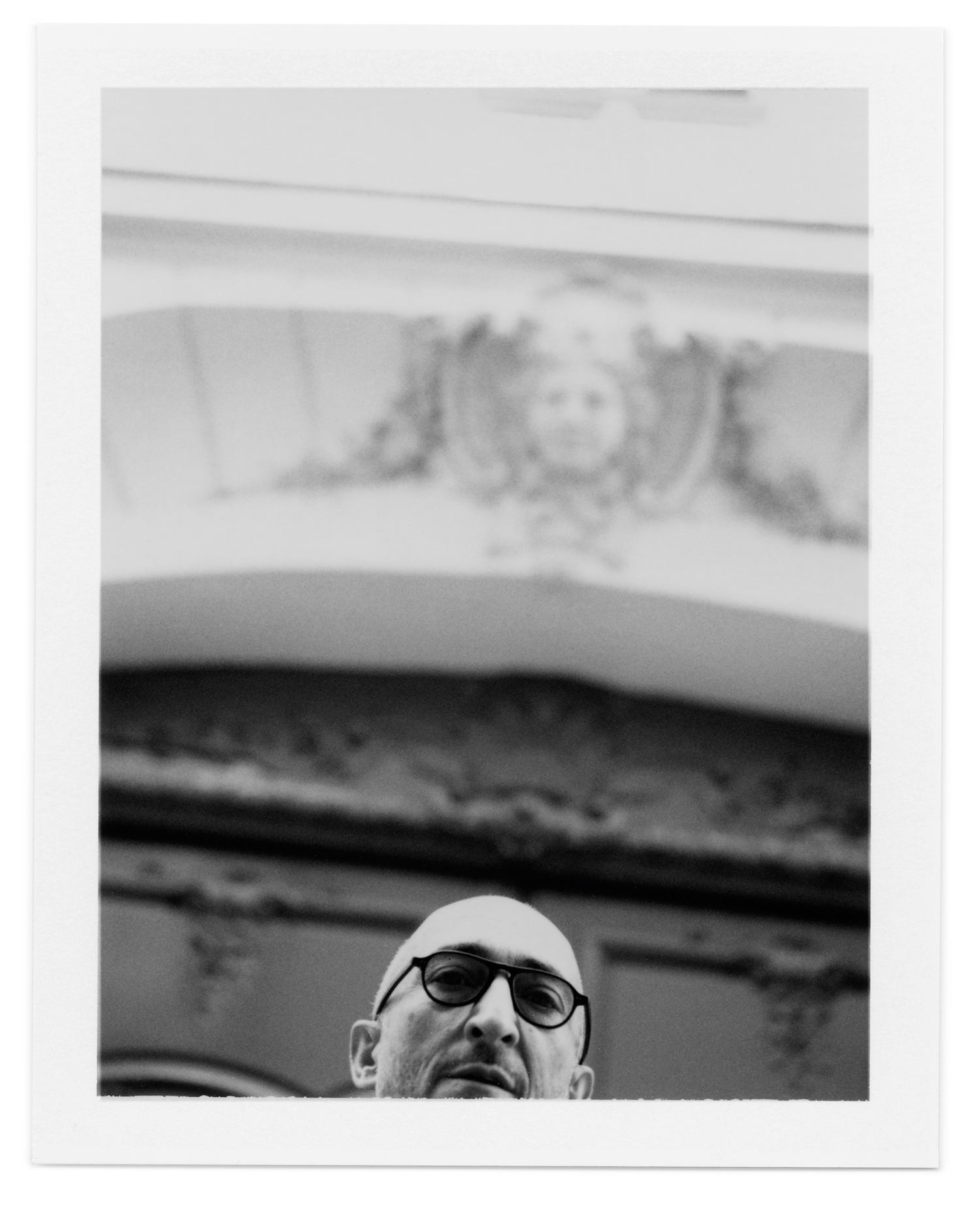Purple Magazine
— S/S 2015 issue 23
Pierre Hardy
 portrait by Gianni Oprandi
portrait by Gianni Oprandi
shoe designer
on human geometry
interview by OLIVIER ZAHM
photography by PIERRE EVEN
portraits by GIANNI OPRANDI
OLIVIER ZAHM — Do you have to isolate yourself to do your work?
PIERRE HARDY — No, not at all. There are plenty of things I do in vivo, way more than I did before. I used to sketch everything, 10 or 20 years ago. Nowadays I sketch a lot less. Drawing is a way to verify an idea, to make sure it works. In the past, I used the sketch to help me visualize the idea; I drew everything very precisely. Now I sometimes miss that need to sketch.
OLIVIER ZAHM — It’s also a way to hold onto the beginnings of a creation. And it’s a way of taking your time…
PIERRE HARDY — Yes, our rhythm has sped up considerably. The…